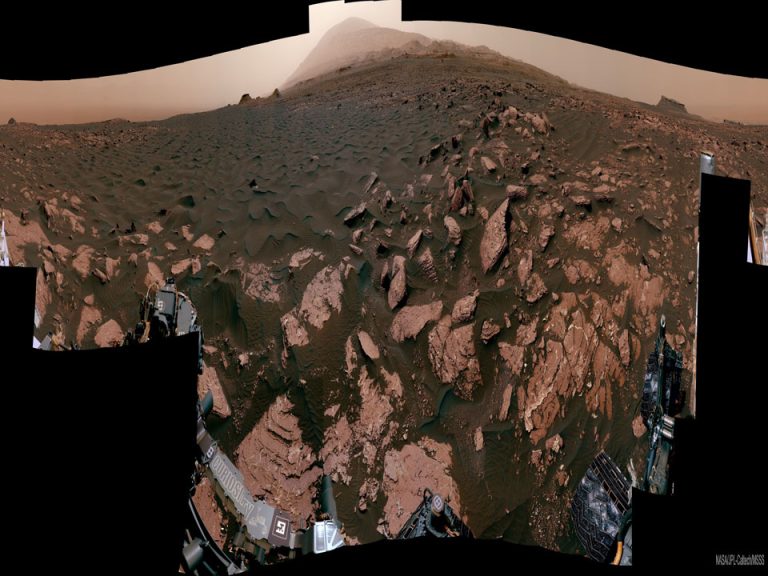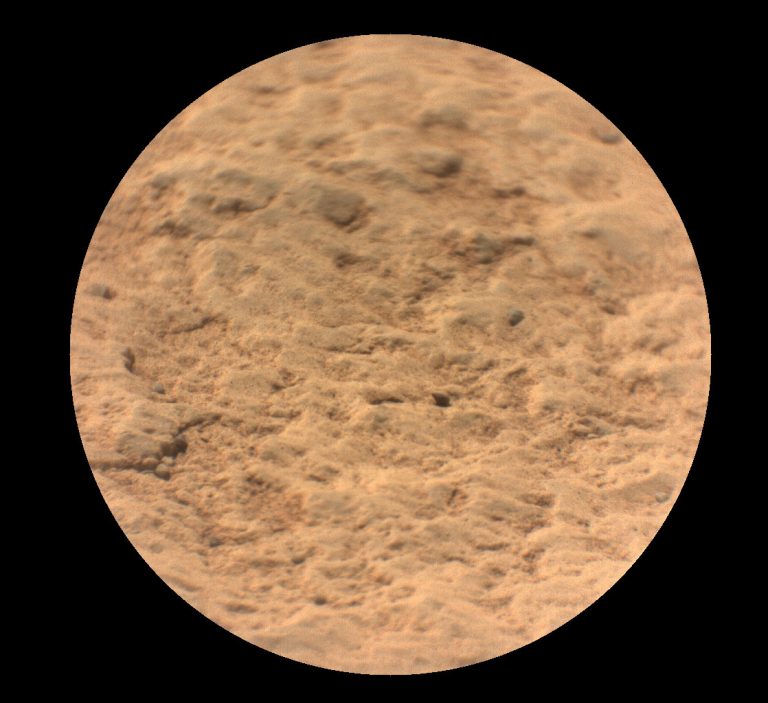2024年7月14日
Meteor Misses Galaxy
Credit & Copyright: Aman Chokshi
Explanation: The galaxy was never in danger. For one thing, the Triangulum galaxy (M33), pictured, is much bigger than the tiny grain of rock at the head of the meteor. For another, the galaxy is much farther away — in this instance 3 million light years as opposed to only about 0.0003 light seconds. Even so, the meteor’s path took it angularly below the galaxy. Also the wind high in Earth’s atmosphere blew the meteor’s glowing evaporative molecule train away from the galaxy, in angular projection. Still, the astrophotographer was quite lucky to capture both a meteor and a galaxy in a single exposure — which was subsequently added to two other images of M33 to bring up the spiral galaxy‘s colors. At the end, the meteor was gone in a second, but the galaxy will last billions of years.
Your Sky Surprise: What picture did APOD feature on your birthday? (post 1995)
Tomorrow’s picture: galaxy unwound
差点撞上星系的流星
影像提供与版权: Aman Chokshi
说明: 其实,这个星系从头到尾都没危险。首先,影像里的三角大星系(M33),个头远大于位在流星痕前端的石质微粒。此外,这个星系的距离足足有3百万光年远,相较之下,这颗流星近在0.0003光秒之处。不过在视觉上,流星的路径是紧贴着这个星系的下方掠过。而且地球大气的高层风,在视角投影上,看似把流星明亮的汽化分子流往远离星系的方向吹送。虽然一切纯属巧合,但这位天文摄影者还真是挺幸运的,才能用单曝光照片同时捕捉到流星和星系;不过在后制处理时,还是得额外再叠合了另行拍摄的2张M33照片,以带出这个螺旋星系的色泽。最后,这颗流星发光的时间只有短短1秒,而这个星系至少能留存数十亿年。
你的天空惊喜: APOD在你生日那天展示了哪张照片?(1995年后)
明日的图片: galaxy unwound








One Comment